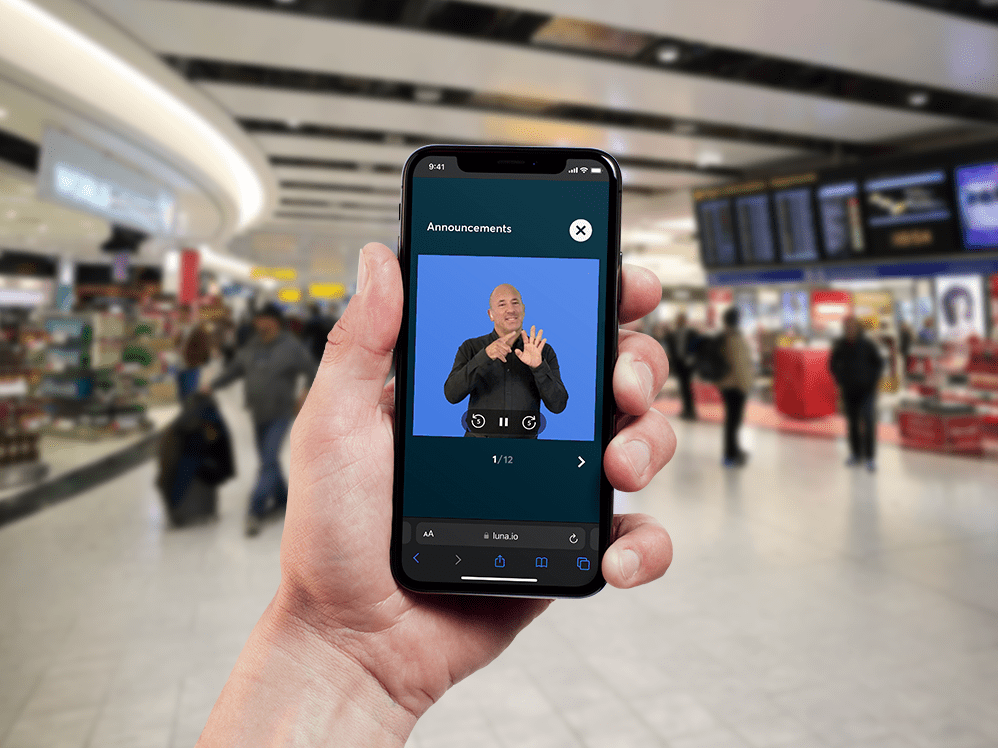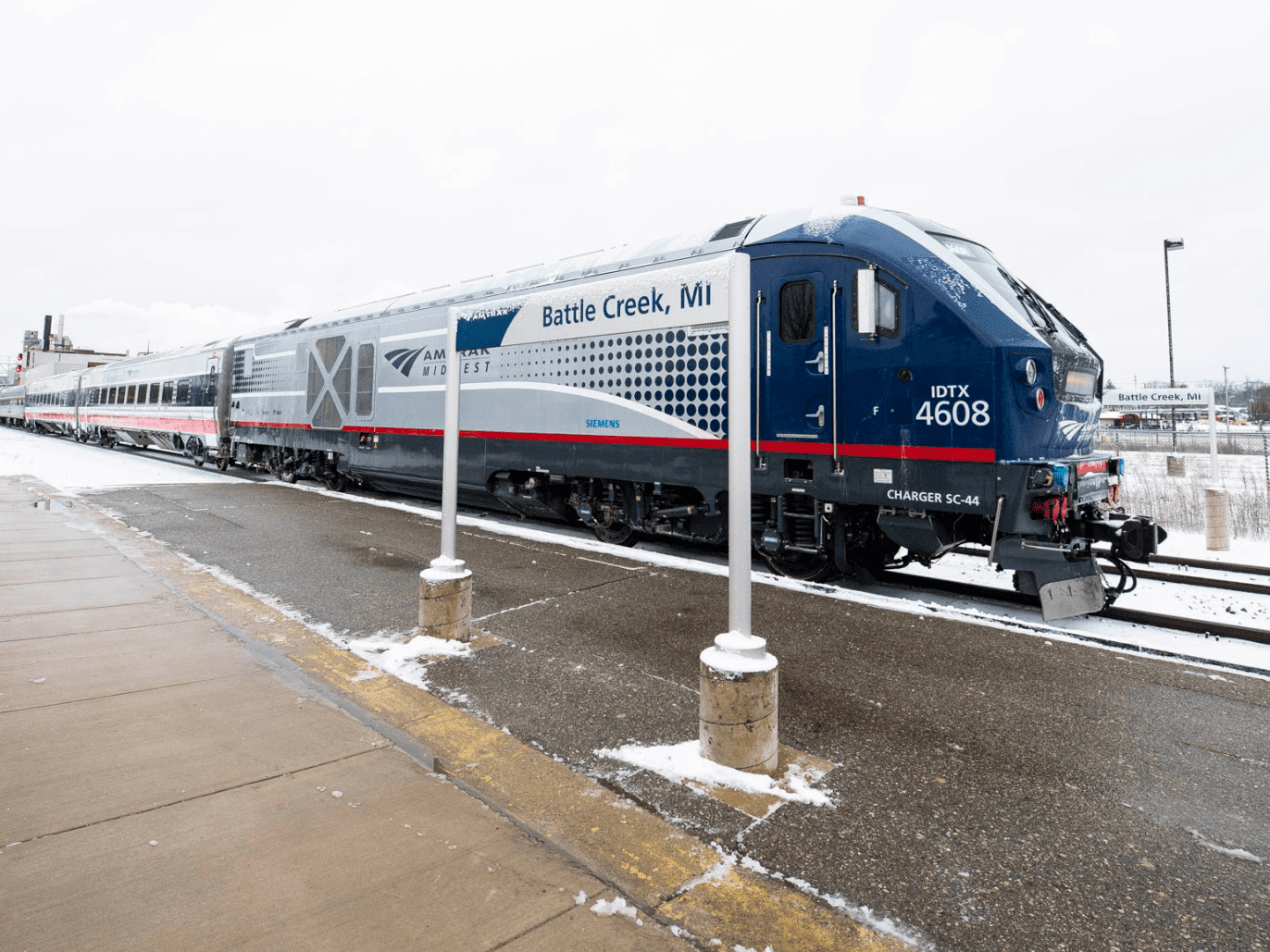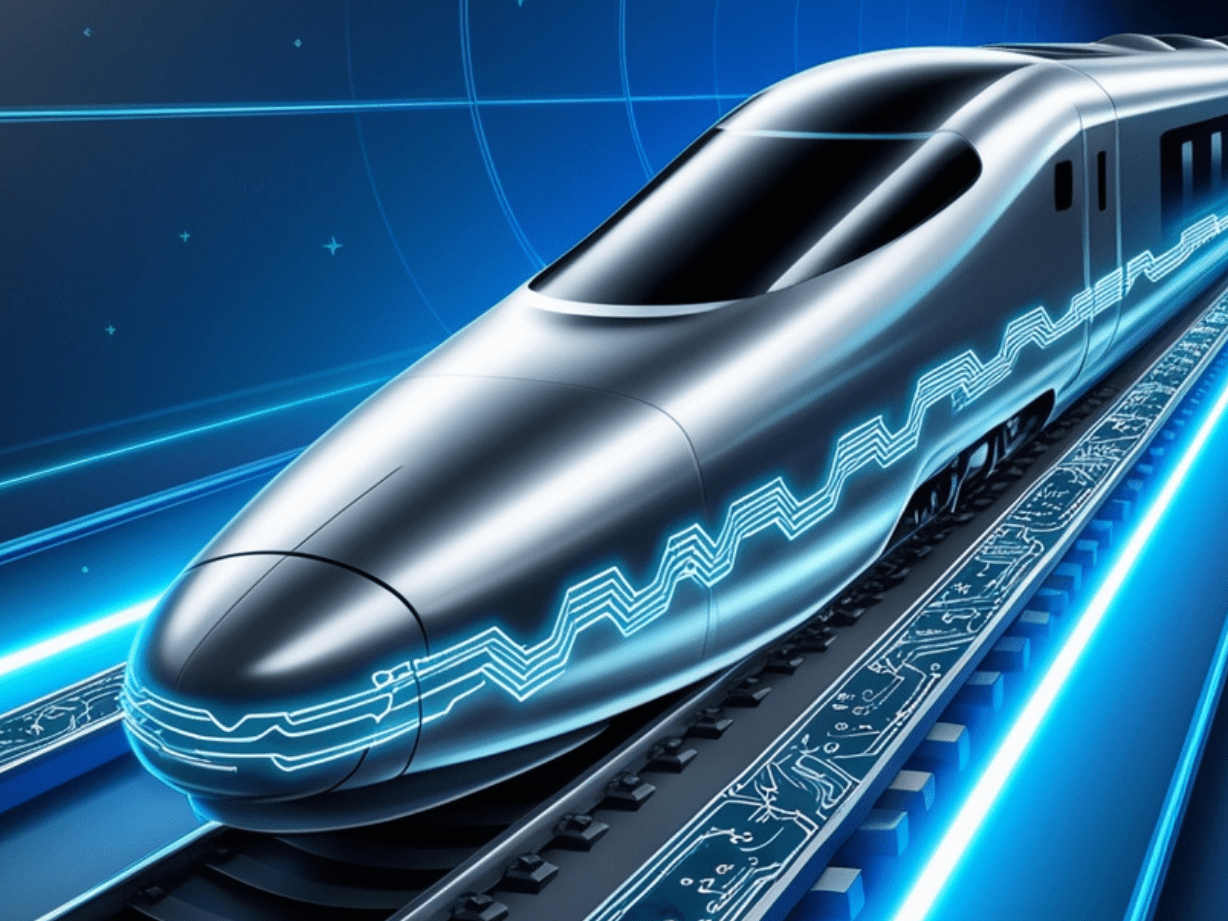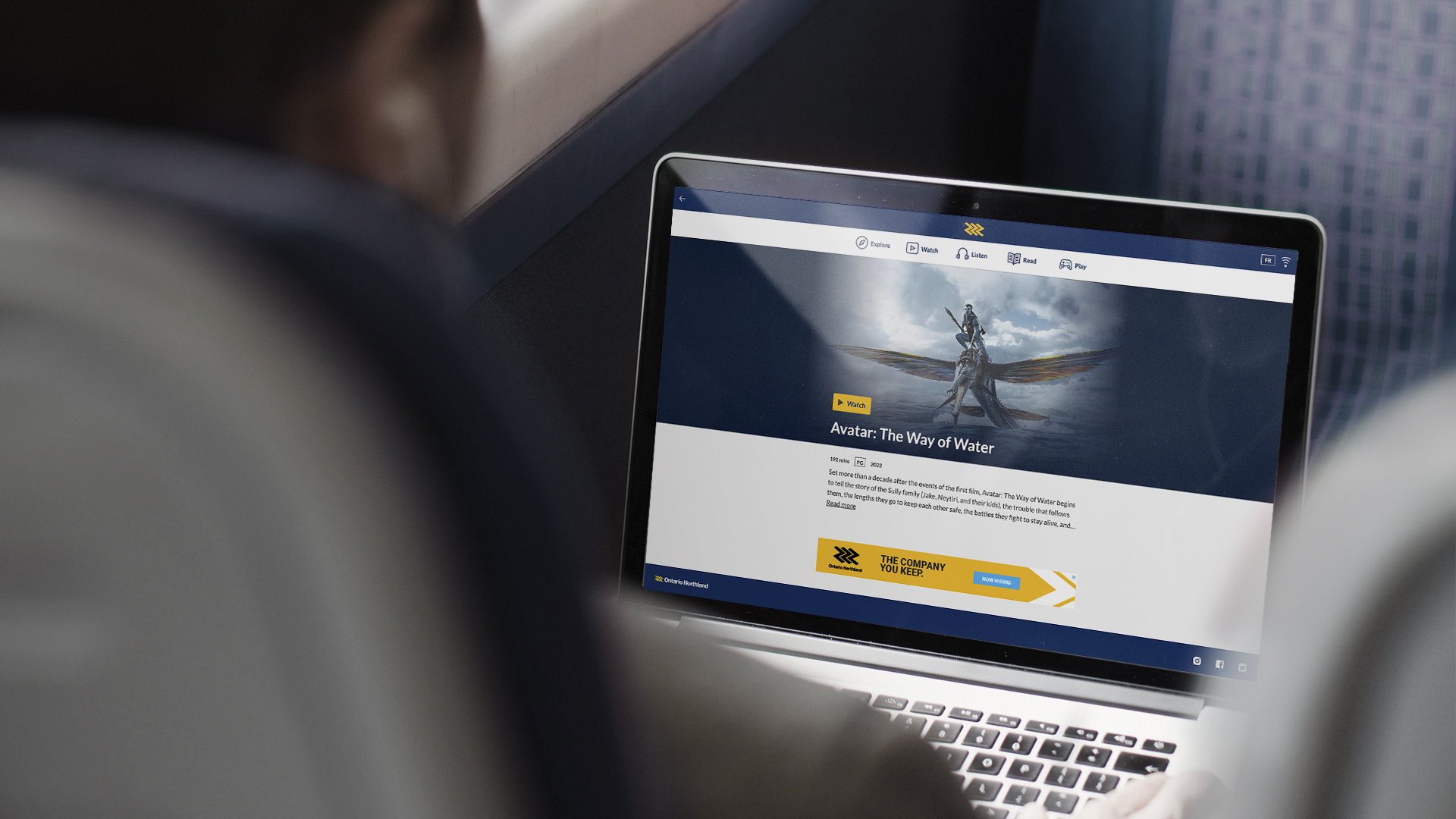Edge computing is “a distributed information technology (IT) architecture in which data is processed at the periphery of the network, as close to the originating source as possible” [1].
In the context of public transport, by taking advantage of edge computing in combination with fast, reliable and secure Internet connectivity, computing power can be located on the vehicle itself , extending the cloud and effectively turning a train (for example) into a rolling data centre.
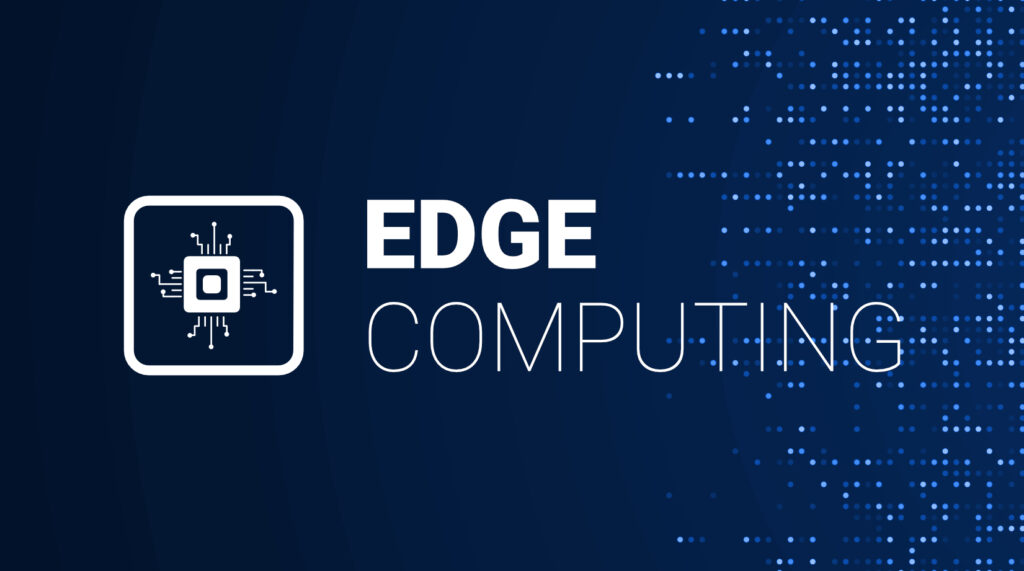
In this article, we’ll explore how Icomera’s X-Series mobile-edge routers, such as the recently announced Icomera X7, facilitate real-time data analytics, intelligently control data flow, and run multiple virtualised applications simultaneously in order to optimise overall system performance.
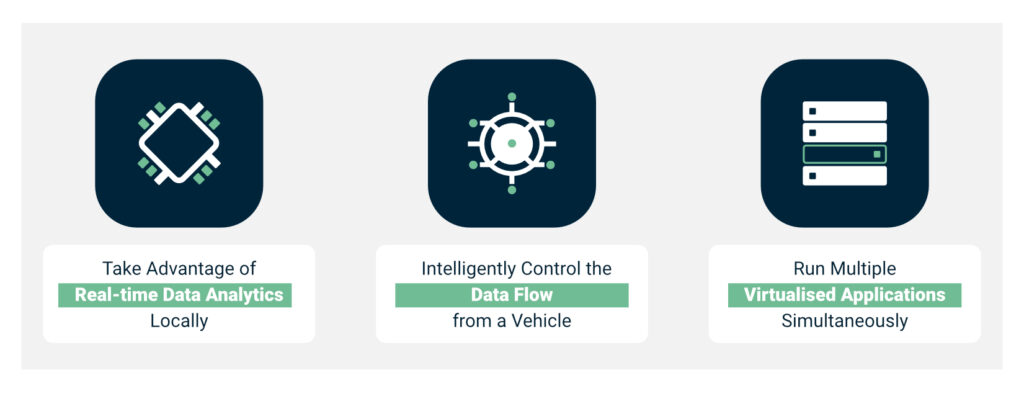
Why Processing Data at a Network’s Edge Makes Sense…
To get a clearer sense of what edge computing is, it’s useful for us to first examine the evolution of networking technology. In the earliest days of computing, applications would simply run on data servers located on a single physical site. As Internet technology developed, cloud computing emerged; with cloud computing, it became advantageous to run applications and process data remotely in cloud-based data centres – Situating computer power in the cloud offered flexibility since users could access services anywhere with an Internet connection, and scalability since network resources could be allocated based on shifting demands.
However, as the number of connected devices grew with time, the volume of data being processed grew rapidly in parallel, and this exposed a limitation in relying solely on the cloud computing topology. Sending all generated data back-and-forth between devices and a cloud data centre became more and more problematic and impractical since it was slow, resource-intensive, and costly.

Edge computing therefore developed from the need for a more practical solution to handle the ever-increasing wealth of network data in a quick and efficient way. With the edge computing model, computing power can be spread to the edge of the network, closer to the devices which generate data.
Intelligently processing data locally without needing to push it off a vehicle delivers significantly improved overall system performance through:
- Onboard Computer Processing Power: The ability for routers on public transport vehicles to perform complex computations directly within the vehicle ensures swift and efficient data analysis, reducing the reliance on external cloud-based servers.
- Improved Reliability: Onboard processing enables the vehicle to maintain essential operations locally, helping ensure that they always remain operational, contributing to a more dependable and resilient public transport network.
- Reduced Latency: In a public transport scenario, where real-time data is crucial for operations, the capacity to process data locally on the router reduces delay because not all data needs to travel back-and-forth to a cloud server.
- Bandwidth Optimisation: Given the wealth of data generated on vehicles nowadays and the finite bandwidth available, transmitting all data generated back to the cloud is unnecessary and inefficient. To reduce the overall load on the network, it makes more sense to process data as close as possible to the source, and then determine whether it needs to be uploaded.
- Increased Cost-Efficiency: Edge computing can help reduce the costs associated with transmitting and storing large volumes of data in the cloud.
- Strengthened Data Security: Edge computing can improve network security by processing sensitive data locally rather than transmitting it back to a central server.
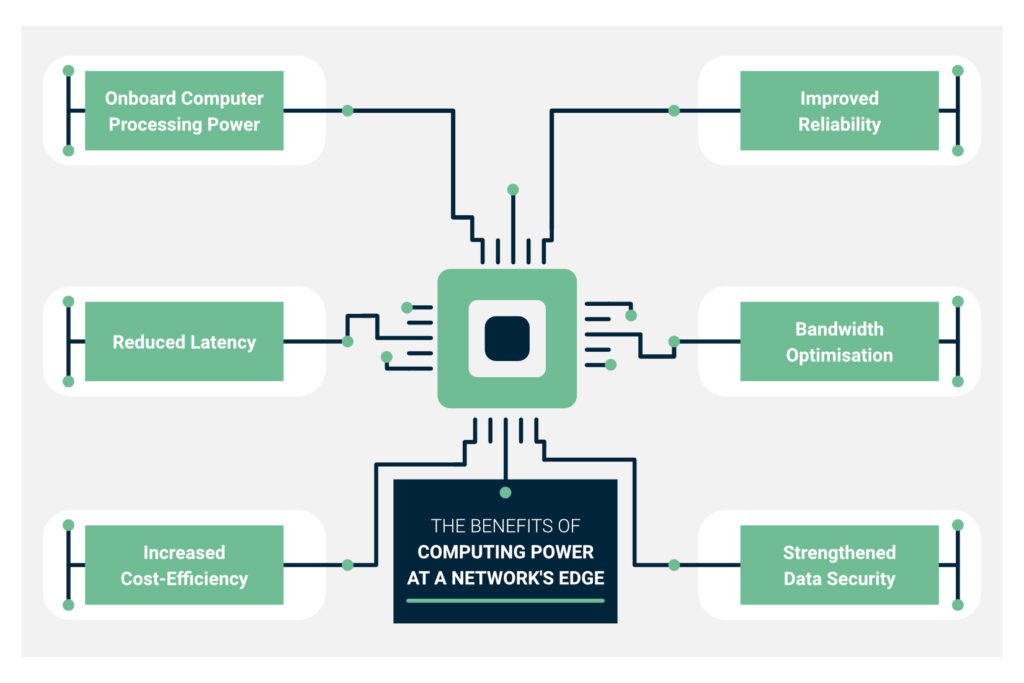
Key Uses of Edge Computing within Public Transport
By utilising edge computing, routers can process data and host multiple resource-intensive applications simultaneously, often without the need for separate devices to be installed.
Within the realm of public transport, this means that onboard routers such as the Icomera X7 can help support applications which deliver…
Better Onboard Safety
Icomera’s edge-based Video Management System (VMS) processes video surveillance data in real-time on board the vehicle. This allows for various uses. For example, in case of an alarm, the system can route and send video and audio in real-time as a lower resolution stream, and simultaneously store the high-resolution data on board; the high-resolution data is then only sent off the vehicle when required to investigate an alarm further, otherwise it will be stored only for a finite period to comply with local legal regulations.
What’s more, real-time video analytics can be utilised at the network’s edge in conjunction with a Digital Video Surveillance system to swiftly identify suspicious or potentially dangerous activity, enabling timely intervention in the event of an incident. In addition, video analytics can be used in conjunction with cameras to detect vegetation which is situated too close to the rail-track, or to monitor overhead line equipment (OLE) and the pantograph.
Enhanced Operational Efficiency
Edge computing can facilitate condition-based monitoring and predictive maintenance by analysing data in real-time. When a fault is detected, an automated alert can be raised within the ICOmera Network Insights & Control (ICONIC) platform. This enables transport operators to diagnose potential issues while a vehicle is out in service and before they have any detrimental impact, as well as reducing the time and costs otherwise needed to manually check vehicles for technical faults.
A wide range of metrics are provided for each alert in ICONIC. It’s possible to view statistics regarding the issue, such as the time, position, type, and current status; additionally, ICONIC can provide information on other issues which have been detected historically on the same fleet/system, or which have occurred in the same geographical region.
Improved Passenger Services
An Automatic Passenger Counting (APC) system can harness onboard connectivity, video surveillance systems and real-time video analytics to intelligently keep track of vehicle occupancy levels, and to then provide passengers with timely and accurate information on carriage load based on this data.
A key advantage of edge-based APC systems is that by not sending sensitive data captured from surveillance cameras back to the cloud or server-side for processing, passenger data can be kept private and secure.
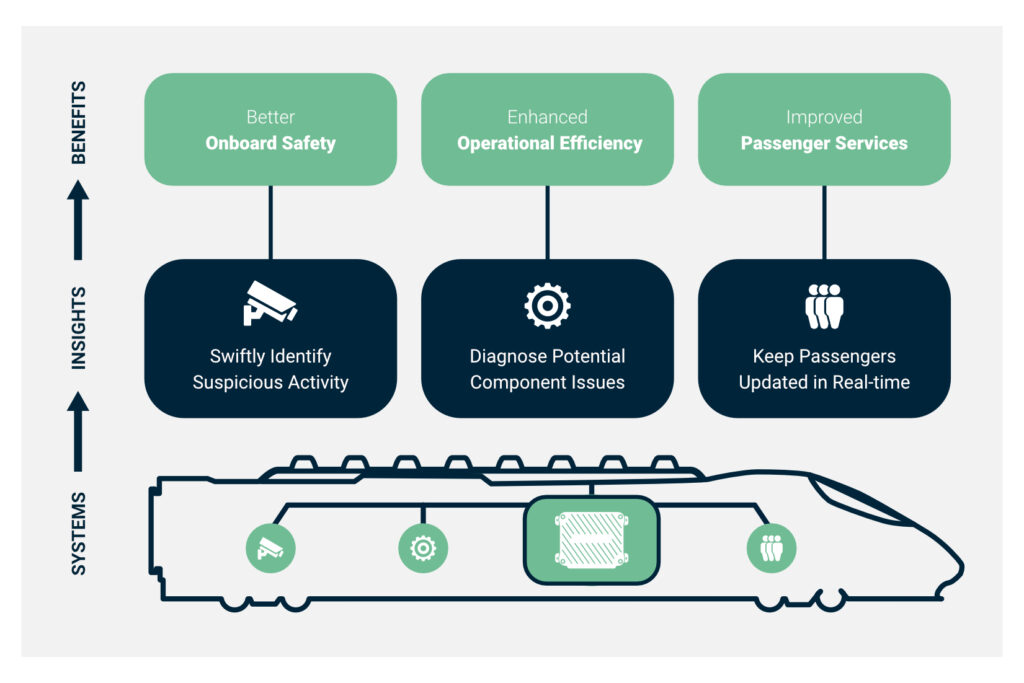
In summary, with the ability to process and act on data in real-time, Edge computing is ideally suited for public transport and contributes to making operations safer, more efficient, and passenger friendly. Edge computing allows virtualised applications to be easily deployed, updated, and managed over-the-air via routers installed on vehicles, ensuring a seamless and adaptable technology framework.
This article was originally published by Icomera.




